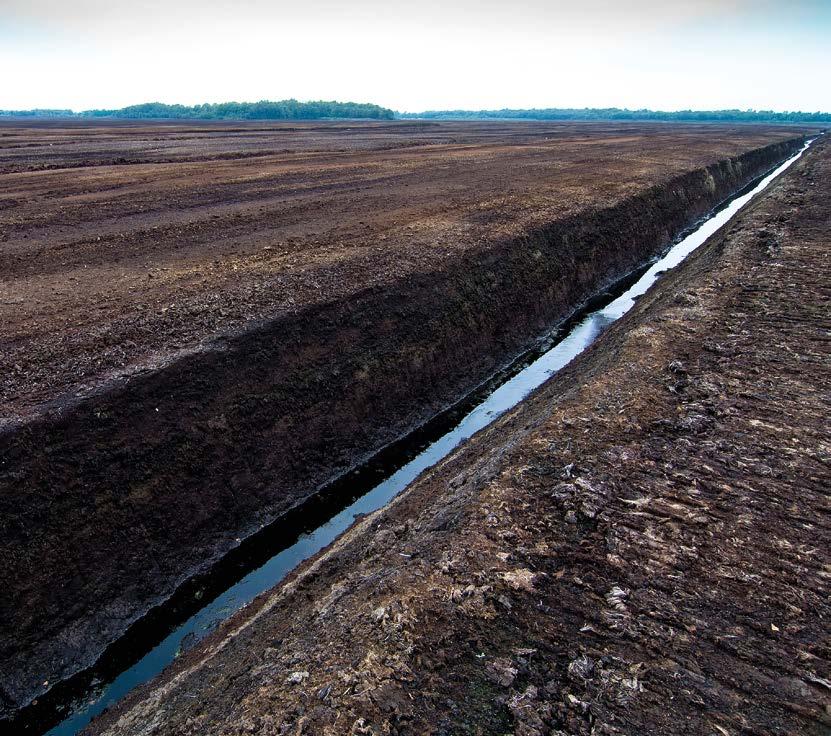
3 minute read
Colourful nature hiding under our noses
We often take beetles, bees and moths for granted but three new books focus on these amazing creatures. Alan Wright is loving reviewing them...

Over the past couple of decades bees have become cuddly – they are even the official symbol of Manchester. And we are beginning to understand the huge benefits that bees have on our ecology and, closer to home, about a third of the food that we eat depends on pollinators like the bee.
Our love affair with bees has mainly come because we are willing to look a little closer at these amazing creatures buzzing around our parks and gardens. Most of us adore furry bumblebees. In my garden they bring the place alive with the lovely soft droning, it’s the soundtrack of summer. But it’s not all about bumblebees, many more insects in our gardens can be identified as bees.
This knowledge that there are a lot of different bees out there can be increased by reading Laurence Parker’s Bees of the World. I say reading, it’s a lovely book to leaf through and look at some incredible, colourful images (a theme in all threeof these books). Parker concentrates on bee families so Bombus, which contain our bumblebees, are well represented:
“The diversity of colour patterns among the 280-plus species is enormous, and there is sometimes a bewildering range of colour forms within a species.” I have recorded at least eight different members of the bumblebee family in my tiny garden.
The book also contains a section on my favourite family of bees, andrenidae, commonly known as solitary mining bees. There is sandbank close to the railway that runs along the edge of our Highfield Moss Nature Reserve in Wigan, which is like an apartment block for hundreds of mining bees. You can see them popping out of their holes and heading out, searching for dinner.
Parker gives a real insight into how to identify bees, including details of faces, bodies and how long their tongues are. He has done very well cramming all this information and the family characteristics into just over 200 pages. I would say this isn’t a guide if you are keen to identify UK bees, but if you want to take flight and increase your knowledge and understand how our native bees fit into the planetary bee population this is a lovely companion.
While bees are now the good guys in the insect world, it may be time for others to catch up and get a better reputation. The only time people mention ants is if they get an infestation at home or if they are sitting in the countryside and get ants in their pants.
Last year, I was sitting on a bench watching ants moving leaves. I got close up and got a good view of these remarkable creatures, but not as close as Heather Campbell and Benjamin Blanchard’s book Ants
Again, this is a book to increase your knowledge of creatures that inhabit your bit of the universe, and descriptions of their cousins across the world. The photography in here is quite astonishing, so it’s time to put aside your fear of creepy crawlies and understand these engineers of the animal kingdom.
I really enjoyed the section on Ants and People, explaining how ants “can transform their environment through nest construction and nutrient cycling in ways that affect the entire biological community.”
An army of ants will enhance crops and remove other damaging insects, but others may be detrimental to farming. It’s a balance. This book will definitely increase your understanding of ants.

Finally, The Lives of Beetles, by Arthur V Evans, introduces us to one of the most successful organisms on earth, with more than 400,000 species. That’s more than ten times the numbers of fish, amphibian, reptile, mammal and bird species combined.

Evans says: “The success of beetles is likely due to an ancient body plan that simultaneously allowed them to fly as well as hide in narrow spaces.” They have been around for millions of years. This is a book for knowledge gatherers but will appeal to people who want a bright and colourful extension to some of the beetles you are likely to encounter when you are gardening.
The imagery is stunning because there are some beautiful beetles out there. All three of these books wouldn’t look out of place on your coffee table as they are excellent dippers. All are available from the extensive wildlife library created by Princeton University Press ( press.princeton.edu/books).










